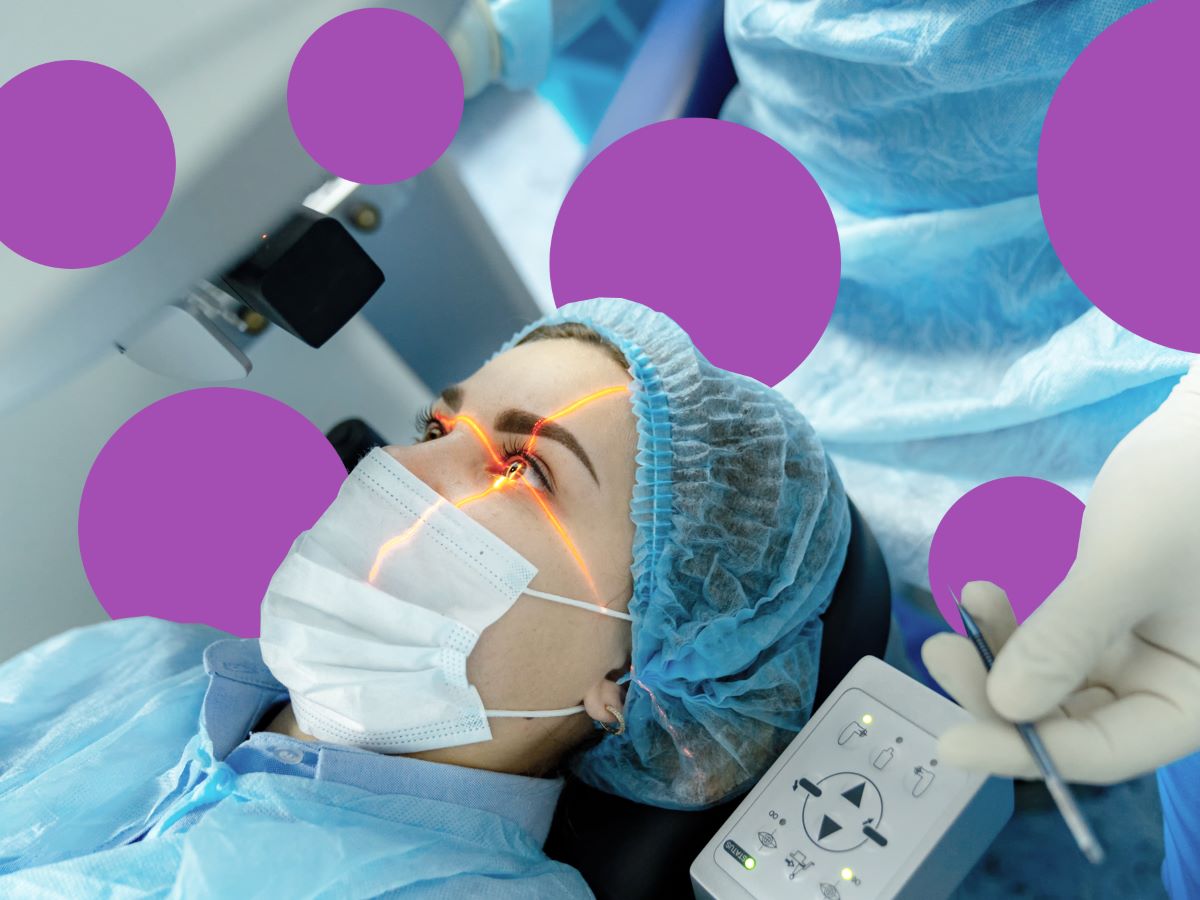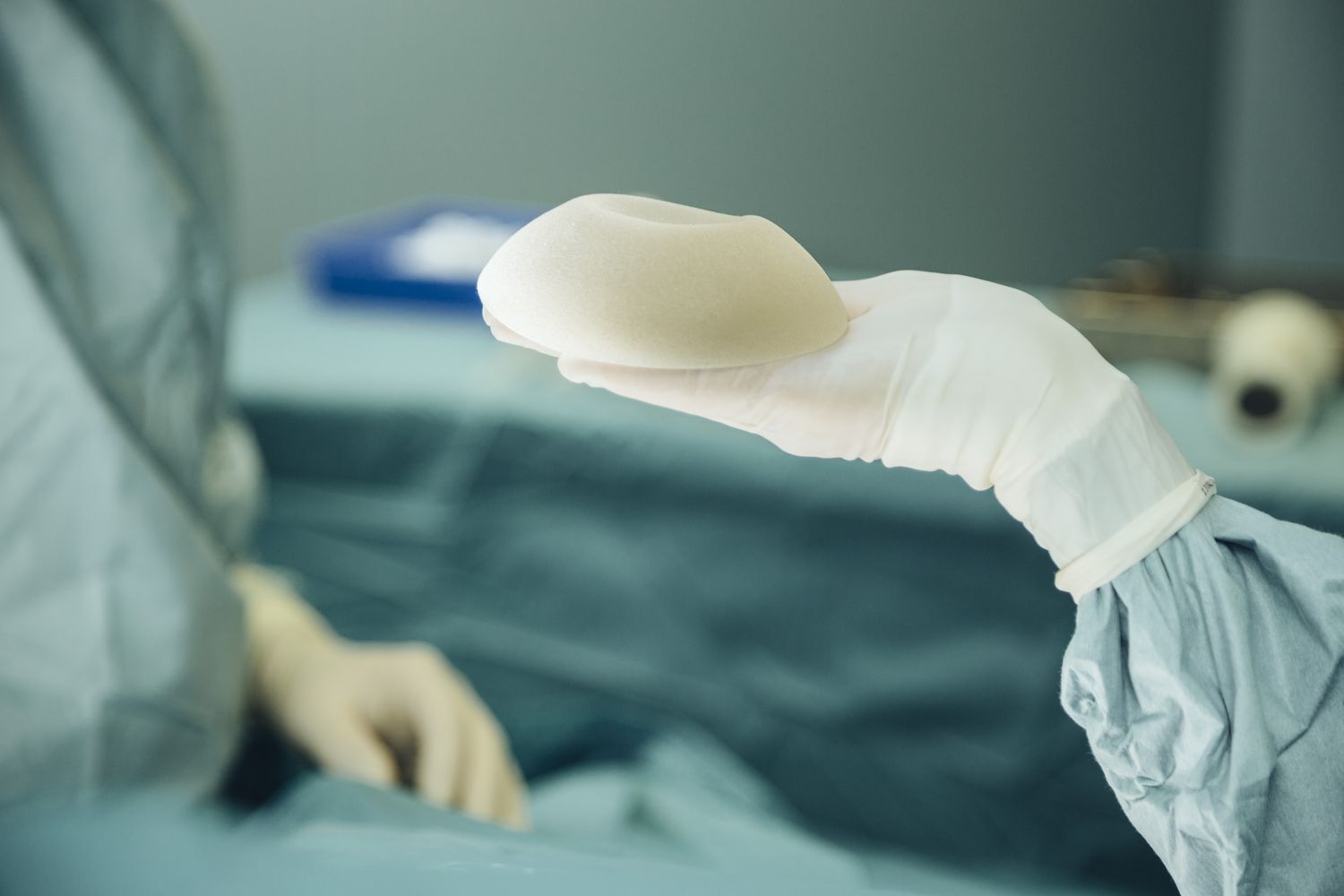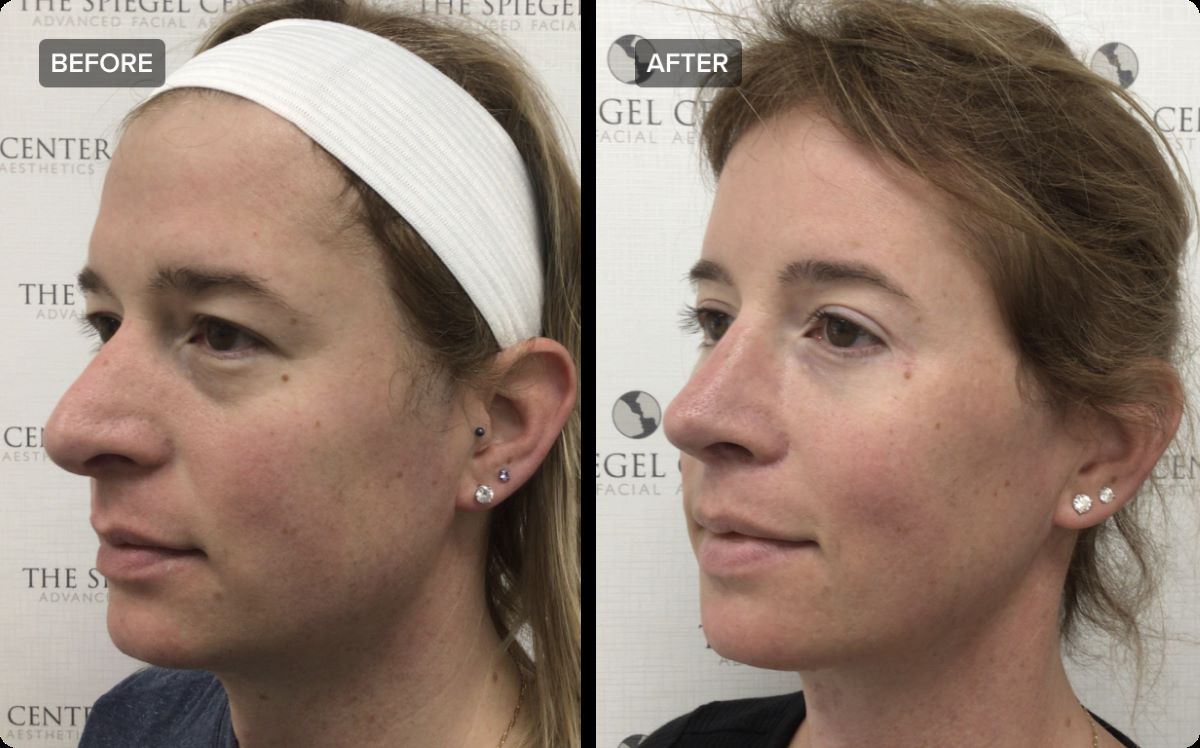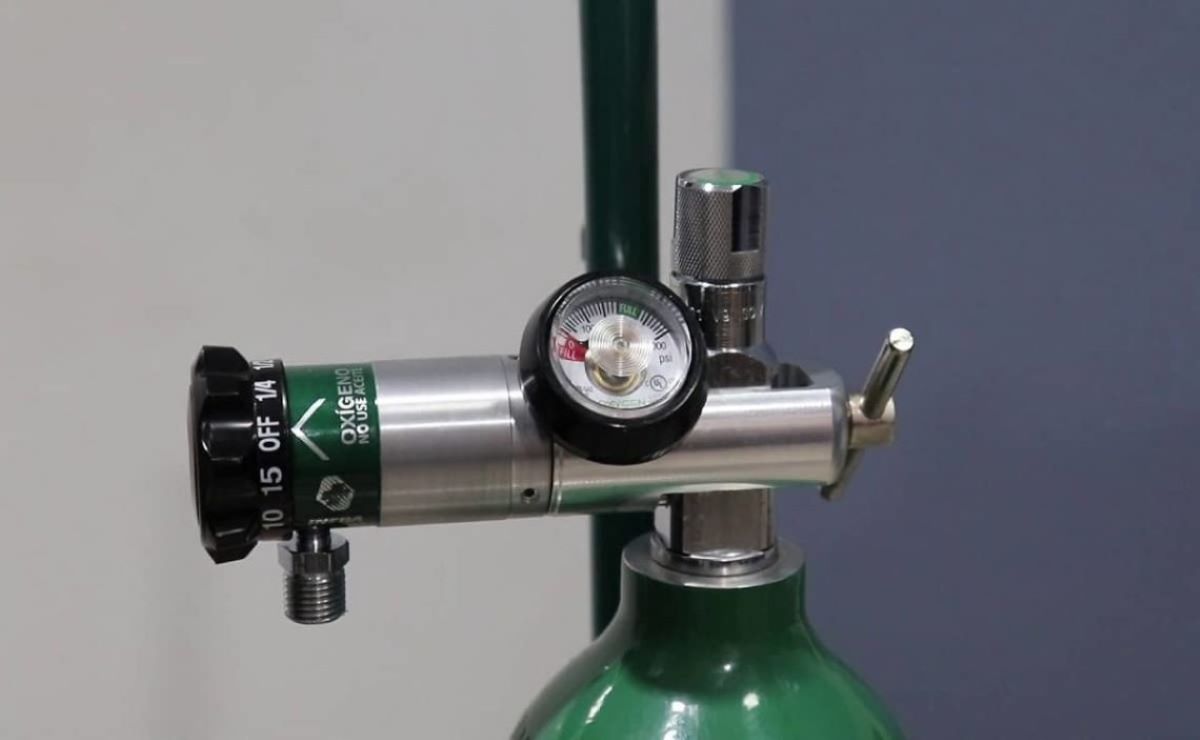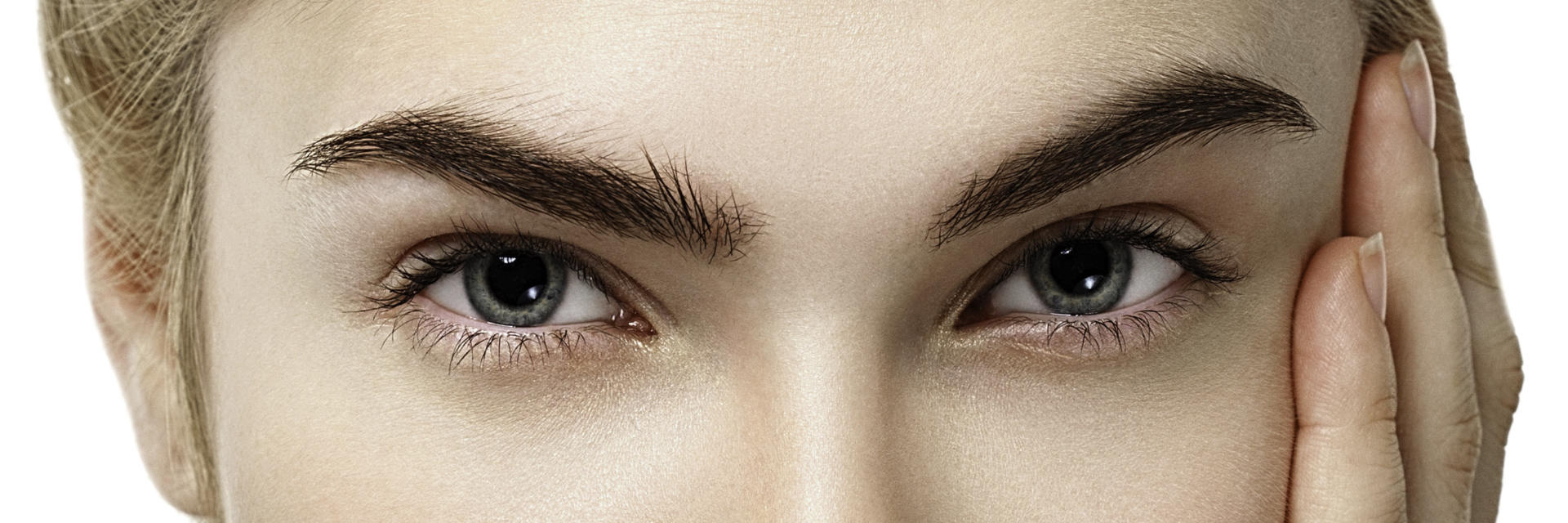

Finance
When Is An Eyelid Surgery Covered By Insurance
Published: November 21, 2023
Learn about the financial aspects of eyelid surgery and discover when it may be covered by insurance. Make informed decisions about your insurance coverage for this procedure.
(Many of the links in this article redirect to a specific reviewed product. Your purchase of these products through affiliate links helps to generate commission for LiveWell, at no extra cost. Learn more)
Table of Contents
Introduction
Eyelid surgery, also known as blepharoplasty, is a procedure that involves removing excess skin, fat, and muscle from the eyelids. It is a commonly performed cosmetic surgery that can help improve the appearance of droopy or puffy eyelids, giving a more youthful and refreshed look to the face.
While eyelid surgery is primarily considered a cosmetic procedure, there are instances where it can be deemed medically necessary. In such cases, patients may be eligible for insurance coverage for the surgery, alleviating the financial burden.
This article aims to provide a comprehensive understanding of when eyelid surgery may be covered by insurance. We will discuss the factors that determine insurance coverage, the medical necessity criteria for eyelid surgery, steps to determine insurance coverage, common insurance coverage scenarios, and the appeals process for denied coverage.
It is important to note that insurance coverage varies from policy to policy and is subject to specific terms and conditions. Therefore, it is crucial for patients considering eyelid surgery to consult with their insurance provider and plastic surgeon to determine their coverage eligibility.
Now, let’s delve into the details of eyelid surgery and the factors that impact insurance coverage.
Understanding Eyelid Surgery
Eyelid surgery, or blepharoplasty, is a surgical procedure that involves removing excess skin, fat, and muscle from the eyelids. It can be performed on the upper eyelids, lower eyelids, or both, depending on the specific needs of the patient.
The primary goal of eyelid surgery is to address cosmetic concerns such as droopy or sagging eyelids, puffy bags under the eyes, and fine lines and wrinkles around the eyes. The procedure aims to rejuvenate the appearance of the eyes, making them look more youthful and alert.
During the procedure, the surgeon makes small incisions along the natural creases of the eyelids, allowing for discreet scarring. Excess skin, fat, and muscle are then carefully removed or repositioned to create a more rejuvenated and harmonious look.
Eyelid surgery is typically performed as an outpatient procedure under local anesthesia, with the option of sedation if desired. The recovery period varies from patient to patient, but most individuals can expect some swelling, bruising, and temporary dryness or irritation of the eyes.
It is important to note that while eyelid surgery primarily focuses on cosmetic enhancements, it can also have functional benefits. In some cases, excessive eyelid skin can impair peripheral vision or cause discomfort and irritation. In such instances, eyelid surgery may be considered medically necessary and may be eligible for insurance coverage.
Now that we have an understanding of eyelid surgery, let’s explore the factors that determine insurance coverage for this procedure.
Factors That Determine Insurance Coverage
Insurance coverage for eyelid surgery is primarily based on two main factors: cosmetic versus medical necessity and the specific terms and conditions of the insurance policy.
1. Cosmetic versus Medical Necessity: Most insurance providers consider eyelid surgery to be a cosmetic procedure. Cosmetic procedures, such as improving the appearance of droopy eyelids or reducing under-eye bags, are typically not covered by insurance. However, there are instances where eyelid surgery can be deemed medically necessary, making it eligible for coverage. These situations usually involve functional impairments caused by excessive eyelid skin, such as obstructed vision or chronic eye irritation.
2. Insurance Policy Terms and Conditions: Each insurance policy has its own set of terms and conditions regarding coverage for eyelid surgery. It is important to thoroughly review your insurance policy or consult with your insurance provider to understand the specific criteria for coverage. Some policies may have stricter criteria, while others may have more lenient guidelines for coverage.
Additionally, insurance coverage for eyelid surgery may also depend on the severity of the condition, the documentation provided by the surgeon, and the individual case assessment by the insurance company.
To determine whether your eyelid surgery will be covered by insurance, it is recommended to follow a step-by-step process that involves gathering relevant information and consulting with your insurance provider.
Next, we will explore the medical necessity criteria for eyelid surgery and how to navigate the process of determining insurance coverage.
Medical Necessity Criteria for Eyelid Surgery
When it comes to insurance coverage for eyelid surgery, the concept of medical necessity plays a crucial role. Insurance providers typically define certain criteria that need to be met in order for eyelid surgery to be deemed medically necessary and eligible for coverage.
Here are some common medical necessity criteria that insurance providers may consider:
- Obstructed Vision: Excessive upper eyelid skin that obstructs the line of sight and affects peripheral vision can be considered medically necessary. Visual field tests may be required to determine the extent of vision impairment.
- Documented Symptoms: Chronic eye irritation, discomfort, or dryness caused by excess eyelid skin can be taken into account for medical necessity. Detailed documentation of these symptoms and their impact on daily life may be required.
- Functional Impairments: Any functional impairments caused by the eyelids, such as difficulties wearing glasses or contact lenses, may be considered for insurance coverage.
- Non-Cosmetic Procedures: In some cases, eyelid surgery performed concurrently with other non-cosmetic procedures, such as reconstructive surgery due to trauma or eyelid malposition, may be eligible for coverage.
It is important to note that meeting the medical necessity criteria does not guarantee insurance coverage. Each insurance policy has its own specific guidelines, and the final decision is made by the insurance provider after a thorough review of the case.
Prior to scheduling your eyelid surgery, it is advisable to consult with both your plastic surgeon and insurance provider to determine if your specific case meets the medical necessity criteria and if you are eligible for coverage.
Next, we will explore the steps you can take to determine insurance coverage for your eyelid surgery.
Steps to Determine Insurance Coverage
Determining insurance coverage for eyelid surgery involves a step-by-step process that requires gathering relevant information, working closely with your plastic surgeon and insurance provider, and submitting the necessary documentation. Follow these steps to navigate the process:
- Consultation with Plastic Surgeon: Schedule a consultation with a board-certified plastic surgeon who specializes in eyelid surgery. Your surgeon will evaluate your condition, discuss your goals, and determine if your case may meet the criteria for medical necessity. They can provide you with the necessary documentation and guidance for the insurance coverage process.
- Review Your Insurance Policy: Thoroughly review your insurance policy or contact your insurance provider to understand the specific terms and conditions for coverage. Familiarize yourself with the criteria for medical necessity, any pre-authorization requirements, and the documentation needed for approval.
- Obtain Required Documentation: Work closely with your plastic surgeon to obtain the necessary documentation to support your case. This may include medical records, photographs, visual field test results, a detailed description of symptoms, and any other relevant information that demonstrates medical necessity.
- Submit Pre-Authorization Request: Submit a pre-authorization request to your insurance provider to obtain approval for coverage. This process typically involves completing the necessary forms and attaching the required documentation. It is essential to follow the specific instructions provided by your insurance company to ensure a smooth processing of your request.
- Follow-Up and Advocacy: Stay in contact with your insurance provider throughout the process. Follow up on the status of your pre-authorization request and be prepared to provide any additional information or answer any questions they may have. If your request is denied, you can explore the appeals process outlined by your insurance provider.
Remember, the process of determining insurance coverage for eyelid surgery can be complex and time-consuming. It is crucial to be patient, diligent, and proactive in advocating for your case.
Next, we will explore common insurance coverage scenarios for eyelid surgery.
Common Insurance Coverage Scenarios
Insurance coverage for eyelid surgery can vary depending on the specific circumstances and individual insurance policies. While every case is unique, there are some common scenarios where insurance coverage may be more likely:
- Obstructed Vision: If your upper eyelids significantly obstruct your line of sight, causing visual impairments or difficulties with peripheral vision, insurance providers may consider eyelid surgery as medically necessary. Visual field tests and documentation from an ophthalmologist or optometrist may be required to support your case.
- Chronic Eye Irritation: Excessive upper eyelid skin that causes chronic eye irritation, discomfort, dryness, or recurrent infections may be considered for insurance coverage. Detailed documentation from your plastic surgeon and eye specialist supporting the impact of these symptoms on your daily life is essential.
- Eyelid Malposition or Trauma: In cases where eyelid malposition or trauma occurs, eyelid surgery may be necessary for functional and aesthetic restoration. Insurance coverage may be more likely in such instances, especially if the procedure is performed concurrently with other medically necessary reconstructive surgery.
- Severe Ptosis: Ptosis refers to the condition where the upper eyelid droops significantly, impairing vision. If severe ptosis affects your daily life and hinders necessary activities like driving or reading, it may be eligible for insurance coverage.
It is important to note that these scenarios are not an exhaustive list, and specific insurance policies may have different criteria. It is advisable to consult with your insurance provider and plastic surgeon to determine your eligibility for coverage based on your unique circumstances.
If your insurance coverage is denied, there is still a possibility to appeal the decision, which we will explore in the next section.
Appeals Process for Denied Coverage
If your insurance provider denies coverage for your eyelid surgery, it is not necessarily the end of the road. You have the option to appeal the decision and provide additional information to support your case. Here are the steps you can take in the appeals process:
- Review the Denial Letter: Carefully review the denial letter from your insurance provider. Understand the reasons for the denial and the specific information or documentation they require to reconsider your case. This will help you formulate a strong appeal.
- Gather Additional Documentation: Work closely with your plastic surgeon to gather any additional documentation that can strengthen your case. This may include updated medical records, additional test results, expert opinions, or letters of support from specialists, such as ophthalmologists or optometrists.
- Compose the Appeal Letter: Prepare a well-written appeal letter that includes a concise summary of your case, addressing the reasons for denial and providing the new or additional information supporting the medical necessity of the procedure. Clearly articulate how the surgery will alleviate functional impairments and improve your quality of life.
- Follow Submission Guidelines: Adhere to the submission guidelines specified by your insurance provider. Pay attention to deadlines and ensure that all required forms and documentation are included with your appeal. Keep copies of all documents for your records.
- Follow-Up and Persistence: Stay in regular contact with your insurance provider to follow up on the status of your appeal. Be prepared to provide any additional information or answer any questions they may have. Persistence and active communication can help move your appeal forward.
- Consider Legal Assistance: If your appeal is unsuccessful, you may want to consult with a healthcare attorney who specializes in insurance appeals. They can provide guidance on your legal rights, review your case, and help navigate the appeals process further.
Remember, the appeals process can take time, and success is not guaranteed. It is important to remain persistent and advocate for your case. Consulting with a healthcare attorney can provide valuable insight and improve your chances of a successful appeal.
Now, let’s wrap up the article by summarizing the key points discussed.
Conclusion
Eyelid surgery, or blepharoplasty, can be a life-changing procedure, providing both cosmetic and functional benefits. While insurance coverage for eyelid surgery is primarily based on cosmetic versus medical necessity criteria, it is possible to receive coverage under certain circumstances.
The key factors that determine insurance coverage include the distinction between cosmetic and medically necessary procedures, along with the specific terms and conditions of your insurance policy. Meeting the medical necessity criteria and submitting the necessary documentation are crucial in establishing the case for coverage.
By consulting with a plastic surgeon and reviewing your insurance policy, you can gather the required information and follow the steps to determine if your eyelid surgery is eligible for coverage. In cases of denial, the appeals process provides an opportunity to present additional evidence and advocate for reconsideration.
It is important to keep in mind that insurance coverage can vary among different providers and policies. Therefore, thorough research, communication, and persistence are essential in navigating the process.
Ultimately, the decision to undergo eyelid surgery should prioritize both your cosmetic goals and functional needs. While insurance coverage can help alleviate the financial burden, it is important to have realistic expectations and prioritize your overall well-being.
If you are considering eyelid surgery, consult with your plastic surgeon and insurance provider to determine your coverage eligibility and explore the options available to you.
Remember, your eyes are a prominent feature, and making informed decisions regarding their care and appearance is crucial for both your physical and emotional well-being.


